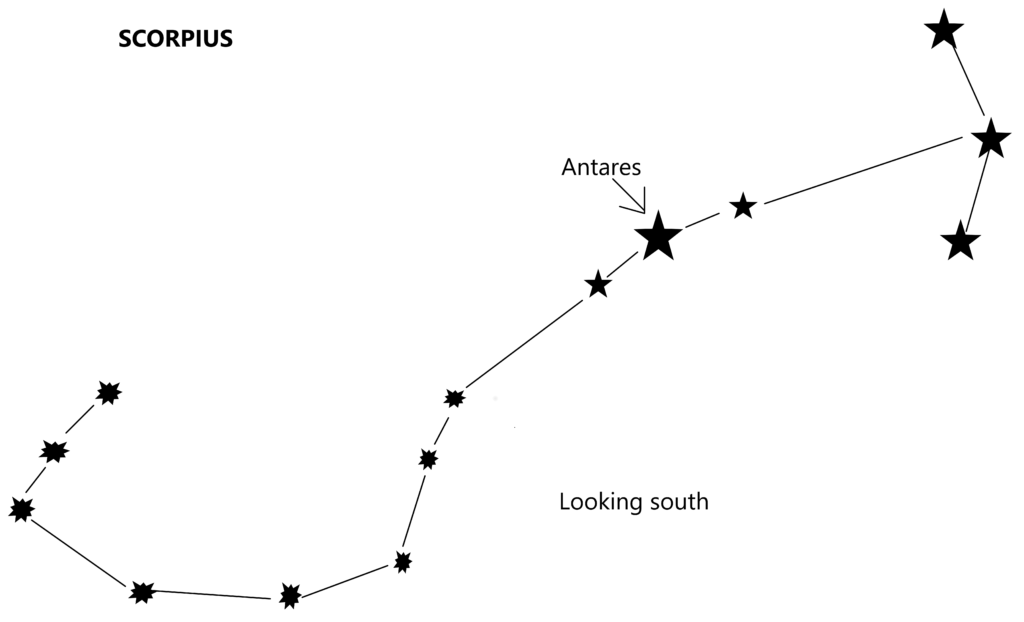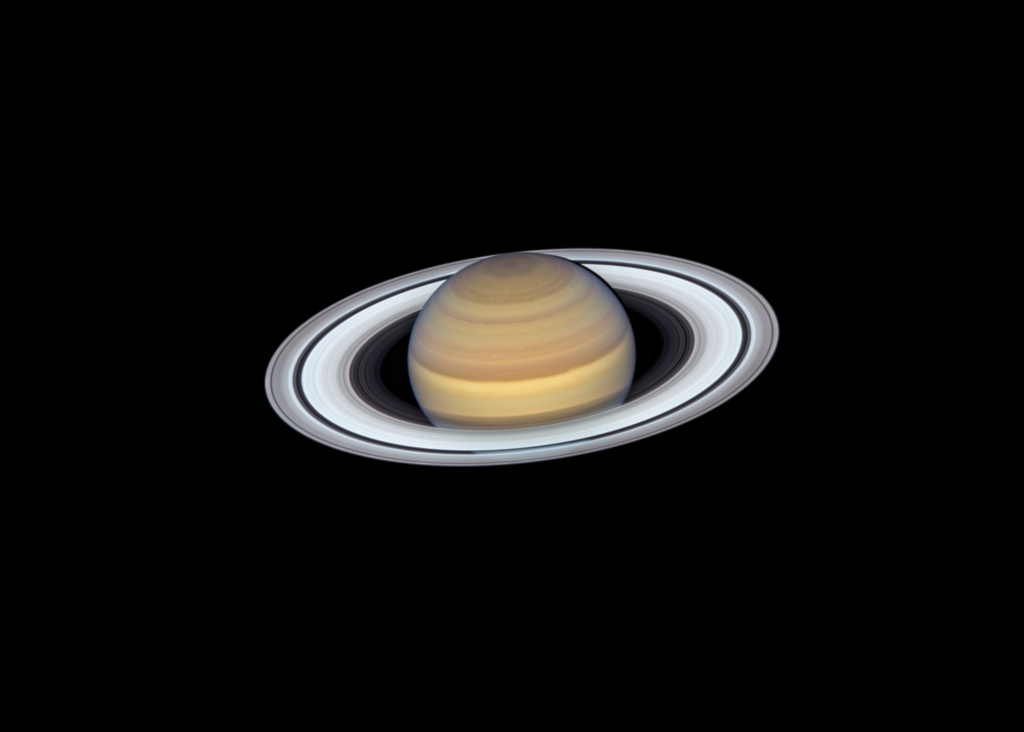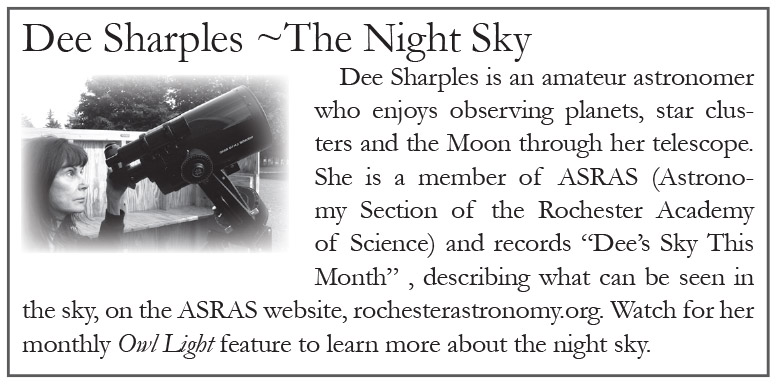The Night Sky-July
Warmer Weather Makes July a Great Time to View the Night Sky
- By DEE SHARPLES –

Summer is in full swing with long hot days and short balmy nights. It’s a good time to head outside to observe the sky, either late at night or in the early morning hours.
The gas giant planets Jupiter and Saturn are still in our sky. In July, you’ll have your choice of times if you want to observe them, starting with an hour after sunset when they’ll be rising low in the southeast. Around 1:00 AM, you’ll find the two planets about 30 degrees above the horizon in the south. In the early morning before dawn brightens the sky, they’ll be setting in the southwest.
Jupiter will be easy to spot at a brilliant magnitude -2.8. Saturn, much dimmer at magnitude 0.1, will be only 6-8 degrees to the east (left) of Jupiter. The two planets, Jupiter looking like a very bright star and Saturn its dimmer companion, will travel across the sky together all night. Saturn’s true beauty with its magnificent ring system can only be seen with the aid of a telescope, but even a modest backyard telescope will do.
The red supergiant star Antares is the brightest star in the constellation Scorpius. Scorpius is easy to recognize, its stars resembling the scorpion it represents. Look for it low in the south near the horizon at 11:00 PM around the middle of the month and at 10:00 PM near the end. To the naked eye, Antares has a distinctly reddish hue. Many of the fainter stars in Scorpius dip out of sight below the horizon.
Toward the end of July, the brilliant planet Venus can be seen in the early morning, low in the east before the Sun rises. Always a beautiful sight, Venus is stunning this month at magnitude -4.7.

The planet Saturn is the 6th planet out from the Sun, one of two gas giants in our solar system. Saturn is a massive planet, the 2nd largest after Jupiter. And like Jupiter the other gas giant, it’s made up mostly of hydrogen and helium. Its day is only 10.7 hours long, but one year on Saturn (the time it takes to orbit the Sun once) is 29.4 Earth years.
Saturn isn’t the only planet in our solar system that has rings but they are the most amazing. Astronomers believe the rings are made up of billions of chunks of ice, rock, and icy particles ranging in size from tiny grains to chunks the size of houses. The rings are thought to be pieces of asteroids, comets, or small moons that were torn apart when they were caught by Saturn’s massive gravity.
Saturn has three large main rings and several smaller ones. The rings extend up to 175,000 miles from the planet but are only up to 30 feet thick. The planet has 53 moons that have been named and 29 more that require additional study before being designated as actual moons.
A spacecraft named Cassini was launched in 1997 to study Saturn and its moons, taking seven years to reach the planet. Cassini carried a probe called Huygens which in 2005 parachuted through the thick atmosphere of Saturn’s largest moon Titan for two and a half hours before landing safely on the surface. It continued to take pictures and transmit data from the surface for another 72 minutes.
Cassini experienced a hugely successful mission studying the planet and its major moons for 13 years. In September 2017, the spacecraft was purposely destroyed by sending it plunging into Saturn’s atmosphere to avoid the possibility of contaminating one of its major moons with a chance collision.
When you see that not-so-bright “star” in the night sky this month, realize you’re actually looking at a huge, intriguing, mysterious planet.
You can find a wealth of information about Saturn, the Cassini mission, and the Huygens probe at this NASA website: solarsystem.nasa.gov/planets/saturn/overview.
You can listen to Dees, “The Sky this Month” by clicking the listen button at The Astronomy Section of the Rochester Academy of Science. http://www.rochesterastronomy.org/
